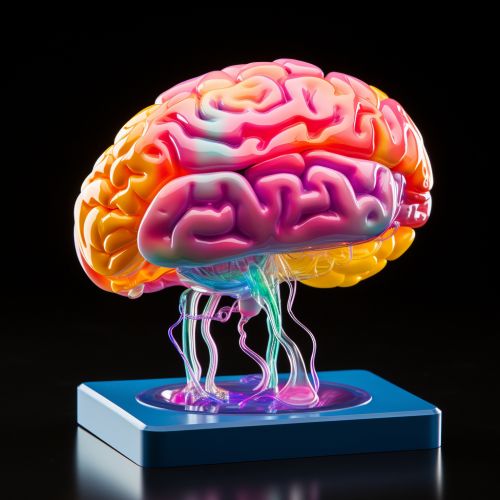Neuroscience of Learning
Introduction
The neuroscience of learning is a sub-discipline within the broader field of cognitive neuroscience that focuses on how the brain learns and retains new information. This field of study encompasses a range of topics, including the neural processes involved in learning and memory, the role of neuroplasticity in learning, and the impact of learning on the structure and function of the brain.


Neural Processes in Learning and Memory
Learning and memory are two closely related cognitive functions that are fundamental to our ability to interact with the world. The neuroscience of learning seeks to understand the neural mechanisms that underpin these functions.
Learning
Learning involves the acquisition of new information or skills. In the brain, learning is associated with changes in synaptic plasticity, the ability of the connections between neurons to change in strength. This process is believed to be the basis for learning and memory.
Memory
Memory is the process by which learned information is encoded, stored, and later retrieved. There are several types of memory, each with its own distinct neural pathways and processes. These include working memory, long-term memory, and implicit memory, among others.
Role of Neuroplasticity in Learning
Neuroplasticity, or brain plasticity, refers to the brain's ability to change and adapt as a result of experience. This plasticity is a fundamental mechanism through which learning occurs.
Synaptic Plasticity
Synaptic plasticity is a form of neuroplasticity that involves changes in the strength of synapses, the junctions between neurons that allow them to communicate. This form of plasticity is thought to be the basis for learning and memory.
Structural Plasticity
Structural plasticity refers to changes in the physical structure of the brain, such as the growth of new neurons (a process known as neurogenesis) or the formation of new connections between existing neurons. This form of plasticity is also crucial for learning and memory.
Impact of Learning on Brain Structure and Function
Learning can have profound effects on the structure and function of the brain. These changes can be observed at multiple levels, from individual neurons to entire brain regions.
Changes at the Neuronal Level
At the level of individual neurons, learning can lead to changes in the strength of synaptic connections, the growth of new dendritic spines (small protrusions from the neuron that receive synaptic inputs), and the formation of new synapses.
Changes at the Network Level
At the level of neural networks, learning can lead to changes in the patterns of neural activity. For example, learning a new skill can lead to increased activity in the brain regions involved in that skill.
Changes at the Regional Level
At the level of entire brain regions, learning can lead to changes in the size and structure of these regions. For example, studies have shown that extensive training in certain skills (such as juggling or playing a musical instrument) can lead to increased size of the brain regions involved in those skills.
